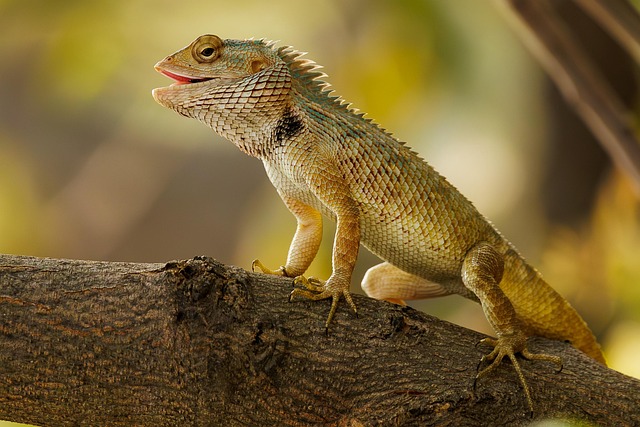
Unveiling the Fascinating Customs of Reptiles in the Animal Kingdom
In the vast tapestry of nature, reptiles are some of the most intriguing creatures. Their customs, often shrouded in mystery, reveal a complex world that is both fascinating and essential to the balance of ecosystems. Each species, from the majestic monitor lizards to the vibrant chameleons, has developed unique behaviors and rituals that define their existence. These customs not only serve as survival mechanisms but also reflect the evolutionary adaptations that have occurred over millions of years.
Take, for instance, the courtship rituals of the green iguana. During mating season, male iguanas engage in a series of display behaviors, such as head-bobbing and the inflation of their throat sacs. This is not merely a visual spectacle; it’s a crucial custom that signals strength and genetic fitness to potential mates. Understanding these behaviors allows us to appreciate the intricacies of reptilian life, which often goes unnoticed in the broader discussions around animal behavior.
Another fascinating custom can be observed among sea turtles. After spending years in the ocean, females return to the very beaches where they were born to lay their eggs. This pilgrimage is not just instinctual; it is a remarkable navigation feat that relies on the Earth’s magnetic field. These age-old customs are vital for the species’ survival and success, ensuring that future generations have a chance to thrive.
The behavioral patterns of reptiles can also highlight their responses to environmental changes. For instance, the basking habits of many species can indicate temperature preferences and habitat suitability. In habitats being impacted by climate change, monitoring these customs can provide valuable insights into how different species might adapt—or struggle—in the face of shifting conditions.
Moreover, the social interactions among some reptiles are quite complex. Take the fascinating case of the Komodo dragon, which, although primarily solitary, exhibits customs that allow for social hierarchies, particularly when it comes to feeding. Observing these customs helps us understand the underlying social structures within reptilian communities, revealing that even the most seemingly isolated species can have intricate social lives.
In daily life, as humans, we often overlook the customs of the world around us. Yet, taking the time to observe the animals in our environment can foster a deeper connection to nature. By examining the habits and customs of reptiles, we can cultivate respect for their roles in our ecosystems and perhaps even learn from their innate abilities to adapt and survive in a rapidly changing world.
As we delve into the captivating customs of reptiles, we not only uncover the complex web of life on our planet but also enhance our appreciation for the delicate balance of nature. Observing these creatures in their natural habitats can evoke a sense of wonder and awareness, reminding us that every creature has a role to play in the grand narrative of life. Embracing these experiences can inspire conservation efforts, spark curiosity, and ultimately deepen our relationship with the natural world.



